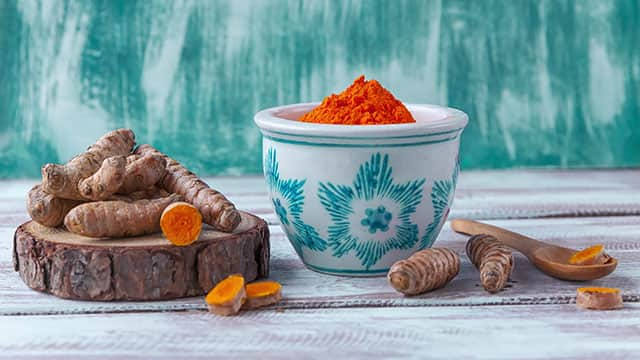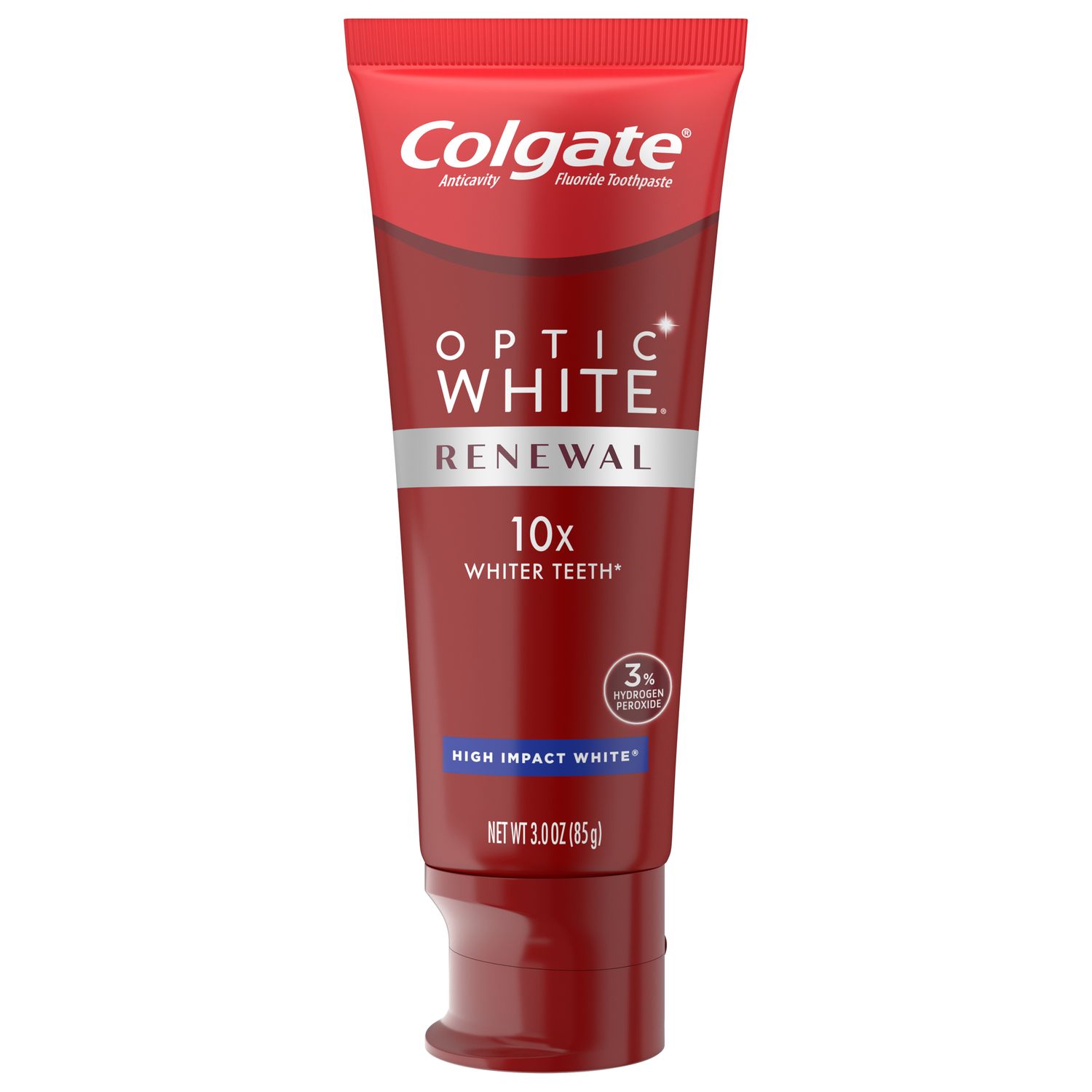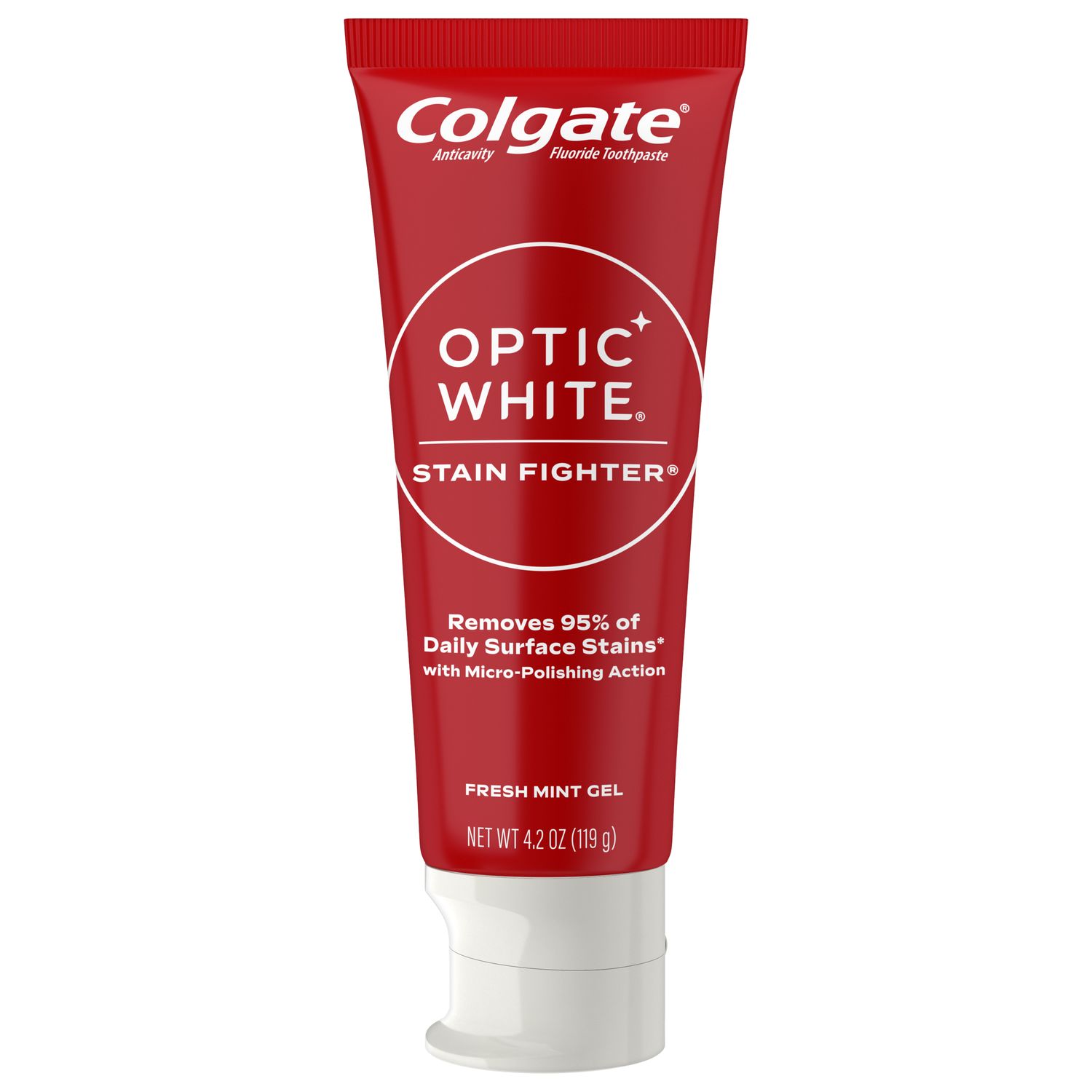Why Red Wine Stains Teeth
So, why does red wine stain your teeth in the first place? According to the American Dental Association, red wine stains are considered extrinsic stains. That means the stain results from colored compounds in the wine coming into contact with your tooth enamel. In this interview, the head dentist of Rutgers Health University Dental Associates explains that there are three main things that contribute to wine-stained teeth:
First, red wine contains lots of anthocyanins, the pigments that give grapes their purplish color.
Second, it contains compounds called tannins, which help these colored pigments bind to your teeth.
And third, red wine is acidic, which makes your enamel more porous, thus capturing more of these staining pigments.
Other strongly colored foods and drinks, like tea, coffee, tomatoes, berries and spices, can stain your teeth in a similar way. The more acidic, the greater the staining potential. Therefore, it’s essential to maintain healthy enamel so that wine and other staining substances have a harder time sticking to your teeth.
Still, there’s no need to trade your Rioja for a Riesling just yet! According to the American Heart Association, red wine is linked to a number of health benefits like reduced heart disease symptoms – that is, when consumed in moderation. So keep enjoying those rich reds and simply pair them with these helpful tips and tricks for preventing wine-stained teeth…
Tips and Tricks for Preventing Wine-Stained Teeth
Want to learn how to stop red wine from staining your teeth? Here are a few things to keep in mind as you pour yourself a glass of red:
Brush and floss beforehand. Plaque is a sticky film that builds up on your teeth and attracts staining compounds (not to mention it causes tooth decay and gum disease). You can prevent plaque build-up with good oral hygiene, so be sure to brush your teeth twice a day and floss every day. If you’re about to indulge, preemptively brushing beforehand can help to prevent wine-stained teeth.
Rinse your mouth with water. The longer red wine lingers on your teeth, the more chance those stains have to set in. You can prevent this by sipping water alongside your wine, which will also help to counteract the dehydrating effect of alcohol. When you’ve finished, swish and rinse your mouth with water to wash the wine away. You may think it makes sense to brush the wine off your teeth, but as Rutgers Health University Dental Associates explains, acid temporarily weakens tooth enamel. Brushing soft enamel can damage it, so wait at least 60 minutes before you reach for the toothbrush.
Eat as you drink. Certain foods can have a protective effect against the acids in red wine. According to the University of Rochester Medical Center, cheese, yogurt and other dairy products help to replace the minerals that acids remove from the enamel, while crunchy, fiber-rich veggies physically clean stains away. Both dairy and veggies are also great for stimulating saliva, which cleanses the teeth, remineralizes enamel, and neutralizes acidity. So if you needed an excuse to pair your red wine with a delicious cheese board, there you have it!
Use whitening toothpaste. Whitening toothpaste works to remove surface stains on your teeth that naturally occur over time and prevent new stains from forming. If you enjoy red wine often, switching to a whitening toothpaste is a good idea for preventing wine-stained teeth.
As with most dental concerns, keeping your commitment to regular professional cleanings and exams can go a long way in preventing wine-stained teeth. If you want to explore a more extensive whitening routine, you may want to consider an at-home or professional treatment. Talk to your oral care provider about your specific concerns, and they can recommend the best teeth whitening method for your needs. In the meantime, practice these handy tips and tricks to make sure your favorite red doesn’t linger on your smile.
This article is intended to promote understanding of and knowledge about general oral health topics. It is not intended to be a substitute for professional advice, diagnosis or treatment. Always seek the advice of your dentist or other qualified healthcare provider with any questions you may have regarding a medical condition or treatment.
ORAL HEALTH QUIZ
What's behind your smile?
Take our Oral Health assessment to get the most from your oral care routine
ORAL HEALTH QUIZ
What's behind your smile?
Take our Oral Health assessment to get the most from your oral care routine















